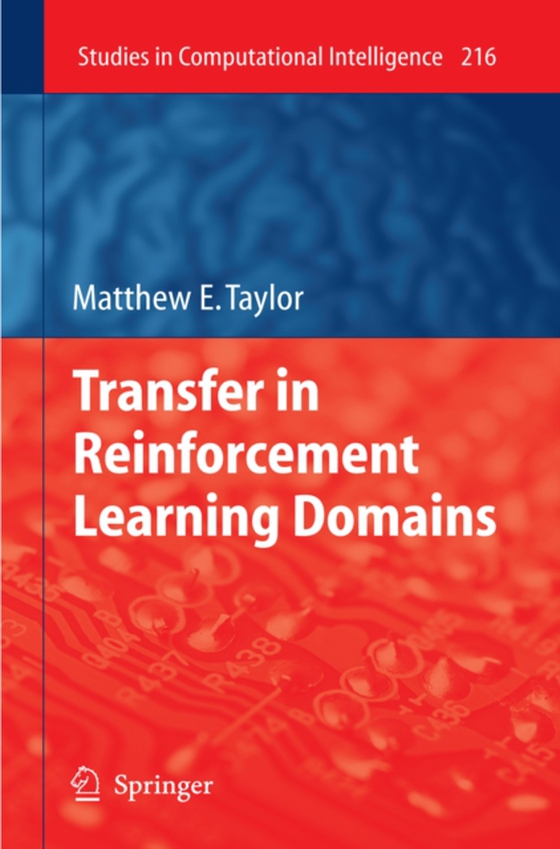
Transfer in Reinforcement Learning Domains e-bog
875,33 DKK
(inkl. moms 1094,16 DKK)
In reinforcement learning (RL) problems, learning agents sequentially execute actions with the goal of maximizing a reward signal. The RL framework has gained popularity with the development of algorithms capable of mastering increasingly complex problems, but learning difficult tasks is often slow or infeasible when RL agents begin with no prior knowledge. The key insight behind "e;transfe...
E-bog
875,33 DKK
Forlag
Springer
Udgivet
19 maj 2009
Genrer
Artificial intelligence
Sprog
English
Format
pdf
Beskyttelse
LCP
ISBN
9783642018824
In reinforcement learning (RL) problems, learning agents sequentially execute actions with the goal of maximizing a reward signal. The RL framework has gained popularity with the development of algorithms capable of mastering increasingly complex problems, but learning difficult tasks is often slow or infeasible when RL agents begin with no prior knowledge. The key insight behind "e;transfer learning"e; is that generalization may occur not only within tasks, but also across tasks. While transfer has been studied in the psychological literature for many years, the RL community has only recently begun to investigate the benefits of transferring knowledge. This book provides an introduction to the RL transfer problem and discusses methods which demonstrate the promise of this exciting area of research.The key contributions of this book are:Definition of the transfer problem in RL domains Background on RL, sufficient to allow a wide audience to understand discussed transfer concepts Taxonomy for transfer methods in RL Survey of existing approaches In-depth presentation of selected transfer methods Discussion of key open questionsBy way of the research presented in this book, the author has established himself as the pre-eminent worldwide expert on transfer learning in sequential decision making tasks. A particular strength of the research is its very thorough and methodical empirical evaluation, which Matthew presents, motivates, and analyzes clearly in prose throughout the book. Whether this is your initial introduction to the concept of transfer learning, or whether you are a practitioner in the field looking for nuanced details, I trust that you will find this book to be an enjoyable and enlightening read.Peter Stone, Associate Professor of Computer Science
 Dansk
Dansk

